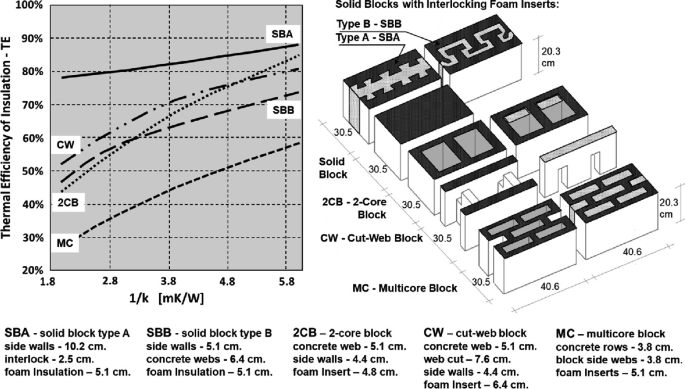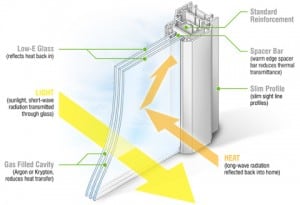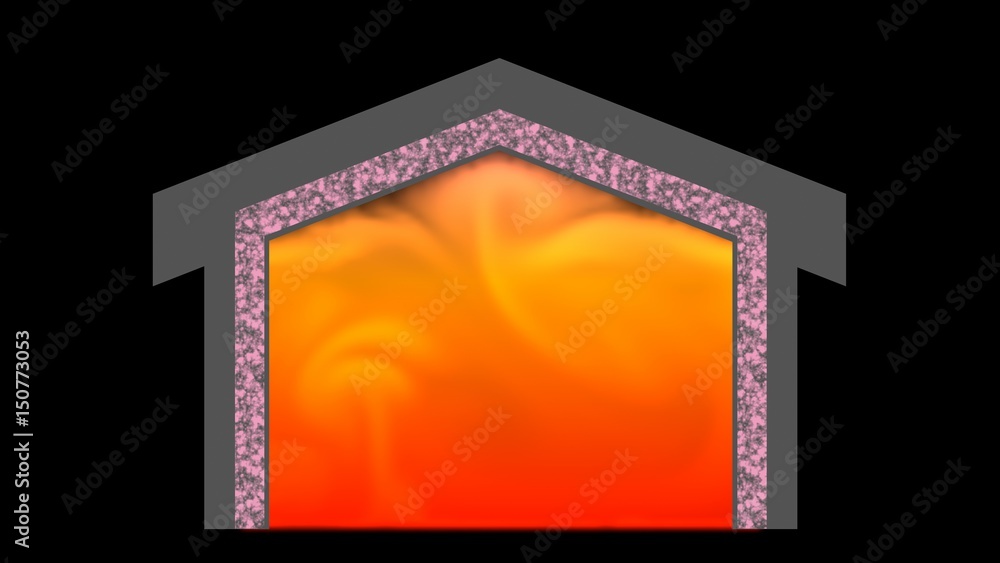PDF] INFLUENCE OF THERMAL EXCHANGE COEFFICIENT ON THE HEAT RETENTION RATE OF A CONCRETE WALL CONTIGUOUS TO A THERMAL INSULATION TOW-PLASTER

In this article, we study the influence of the heat transfer coefficient on the heat retention rate per unit length of a wall made of concrete attached to the tow-plaster. The study is done in frequency dynamic regime established conditions. For different values of the exciting pulse, we evaluate the thermal inertia of the wall. The wall has a length of 0.1m including 0.05m of concrete and 0.05m thermal insulating plaster-tow. The thermal conductivity of concrete is about 10 times greater than that of the tow-plaster material. The results show that the thermal behavior of the wall depends partly outdoor climatic constraints. The duration of the outdoor climatic stresses related to the excitation pulse is an important factor on the thermal inertia of the wall. The thermal inertia of the wall is also dependent on the heat exchange coefficient on the surface of the material, its thermophysical properties and initial temperature of the material.

Buildings, Free Full-Text

PDF] INFLUENCE OF THERMAL EXCHANGE COEFFICIENT ON THE HEAT

Study of heat retention phenomena by a thermal insulating wall

Influence of thermal exchange coefficient on the heat retention

Thermal Efficiency of Insulation in Building Structures—The Impact

Federal Register :: Manufactured Home Construction and Safety Standards

PDF) A Review of Models for Heat Transfer in Steel and Concrete

Heating ventilation and air conditioning engineering and design Pages 151-200 - Flip PDF Download

PDF] INFLUENCE OF THERMAL EXCHANGE COEFFICIENT ON THE HEAT

3.2 Minimizing Thermal Bridges by fit2nzeb - Issuu

PDF) Influence of Thermal Exchange Coefficient on the Heat

Federal Register :: Occupational Exposure to Respirable Crystalline Silica

PDF) Influence of Thermal Exchange Coefficient on the Heat

Performance of lightweight and heavyweight building walls with

Comparative assessment of external and internal thermal insulation







